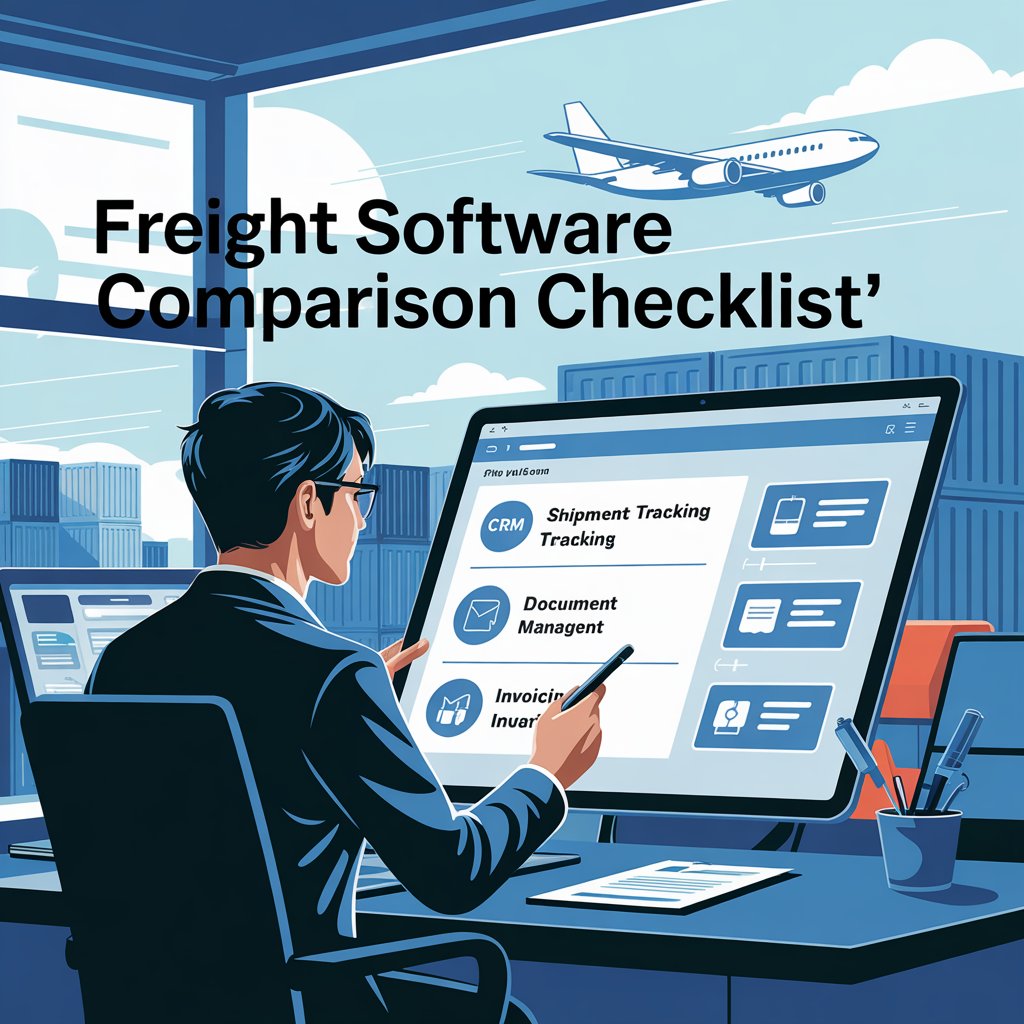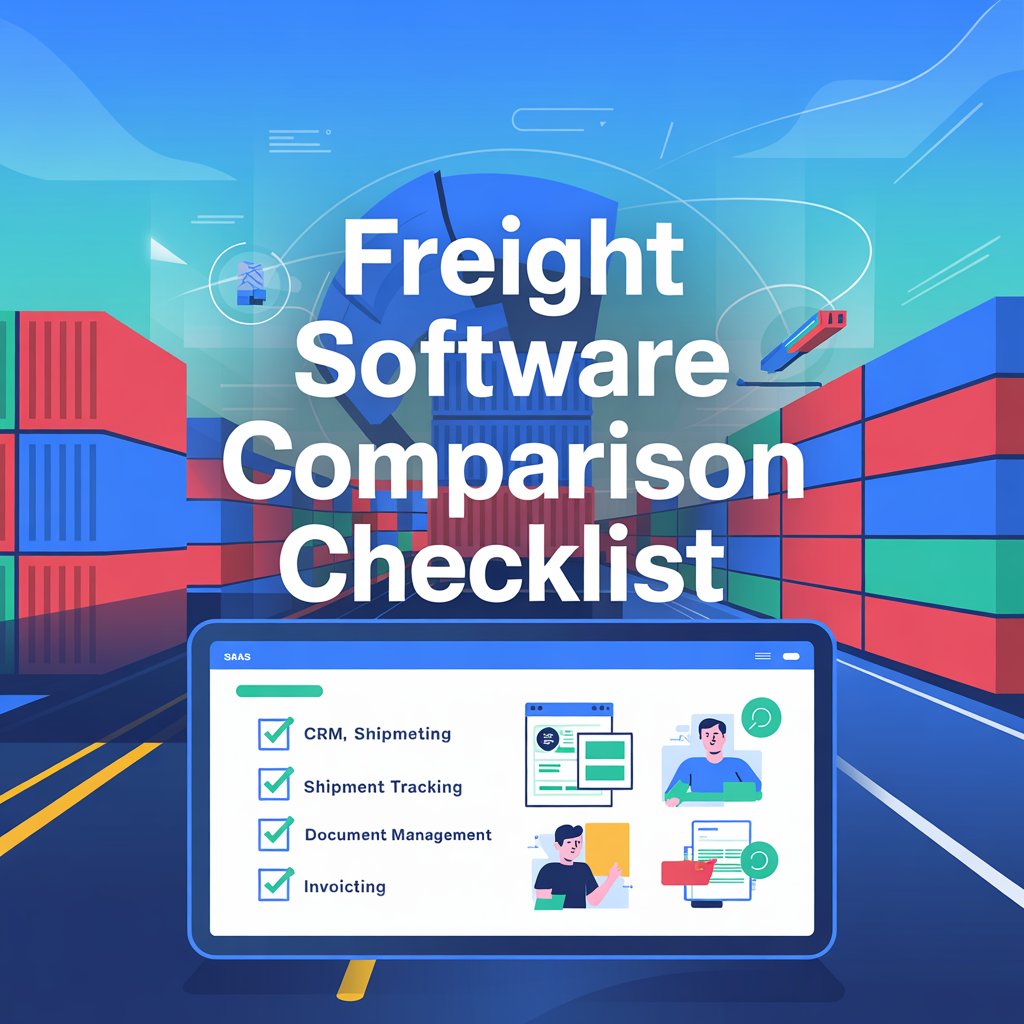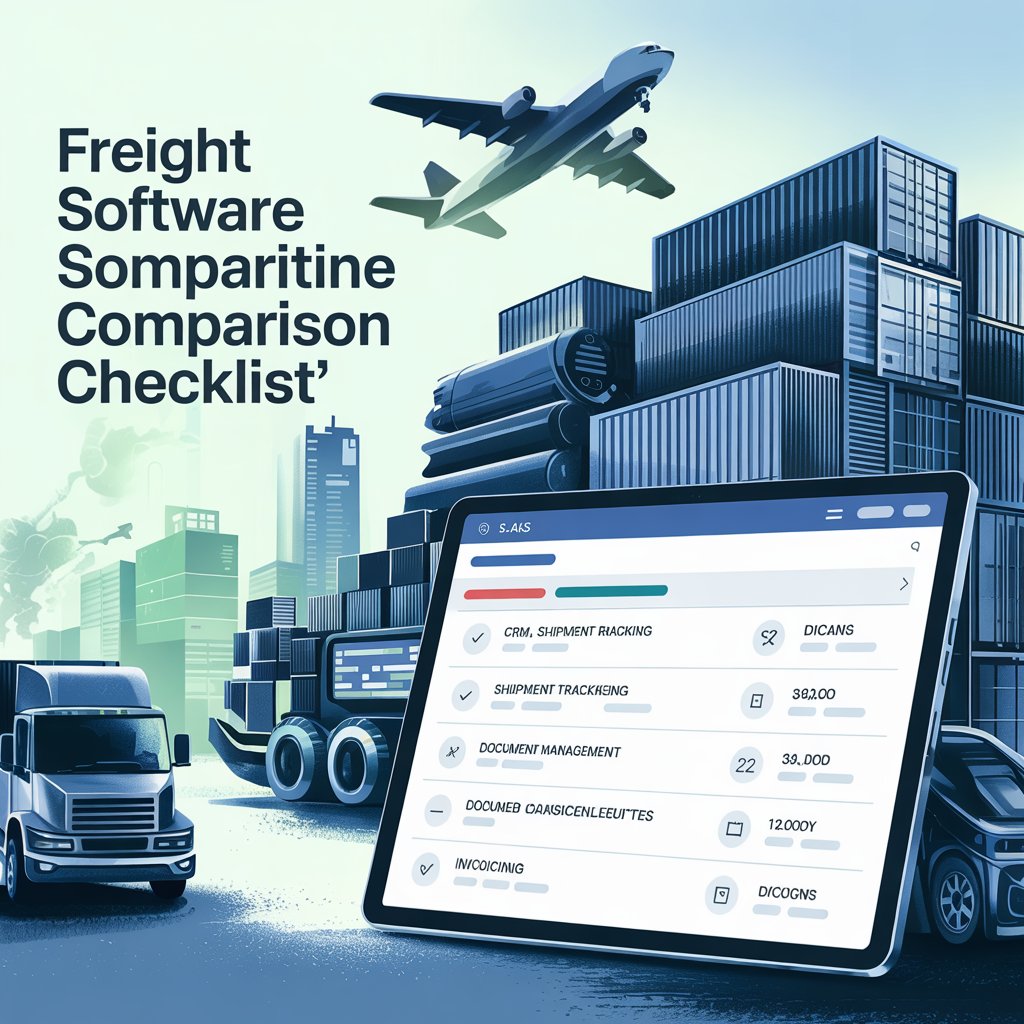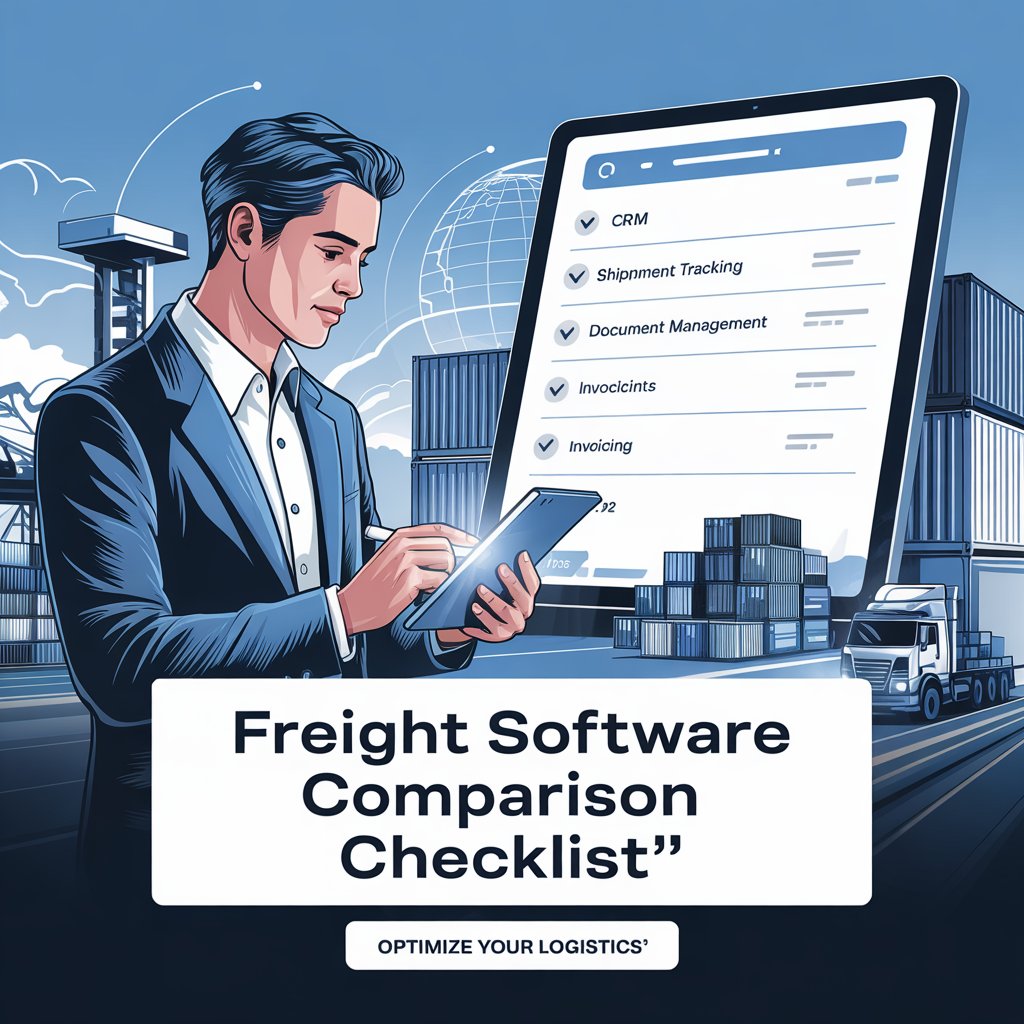Choosing a Freight Software: A Buyer’s Comparison Checklist

Freight software selection
📌 Step 1: Define Your Core Needs
Start by asking:
- Do you handle air, ocean, or multimodal freight?
- Do you need client-facing tools like portals or shipment visibility?
- Are you managing quotes, documentation, and invoicing in one place?
- Do you want to automate manual tasks?
🟢 Pro tip: Platforms like Linbis offer an all-in-one freight suite that includes CRM, quotes, documents, and billing—ideal for growing Freight software selection forwarders.

🧩 Step 2: Checklist – What to Look For
Here’s your comparison framework. Rate each software you’re considering on these features:
Feature | Must-Have? | Rating (1–5) |
Cloud-based deployment | ✅ | |
Easy shipment quoting & booking | ✅ | |
Integrated CRM | ✅ | |
Document automation (e.g., eDocs) | ✅ | |
Invoicing & accounting tools | ✅ | |
Customer/vendor portal | ✅ | |
Multi-user roles & permissions | ✅ | |
API & third-party integrations | ✅ | |
Transparent pricing | ✅ | |
Fast onboarding/support | ✅ |
🟢 Linbis scores high across all of these categories, making it a standout for SMBs and forwarders in growth mode.
🔍 Step 3: Evaluate Total Cost of Ownership (TCO)
Don’t just look at the monthly subscription fee Freight software selection.
✅ Ask:
- Is training included?
- Are updates automatic and free?
- Are integrations DIY or paid separately?
- How long will onboarding take?
💡 Linbis offers transparent pricing, quick deployment, and built-in tools—saving you time and money.

🧠 Step 4: Consider Team Usability
Software is only valuable if your team actually uses it.
✅ Look for:
- Clean UI and fast navigation
- Mobile-friendly interfaces
- Minimal training required
- Multi-language support (if applicable)
👨💻 Linbis was built with user experience at its core—meaning faster adoption, fewer errors, and better collaboration.

🔌 Step 5: Integration & Scalability
Your software should grow with you—not hold you back.
✅ Check:
- Is there an open API?
- Can you connect CRMs, accounting, and shipping carriers?
- Can it scale with more shipments, users, or offices?
🔗 Linbis supports scalable workflows and API connectivity for seamless operations.
Freight software selection: Final Decision
Before you commit to a freight software provider, revisit this list.
If you can check all the boxes—especially around automation, ease of use, and total value—you’ve found the right fit.
✅ Why Many Freight Forwarders Choose Linbis
- All-in-one: quotes, shipments, documents, invoices, CRM
- Affordable and transparent pricing
- Easy to use, easy to train
- Powerful integrations
- Built for SMBs, brokers, and NVOCCs
👉 Linbis makes freight software simple, scalable, and smart.
